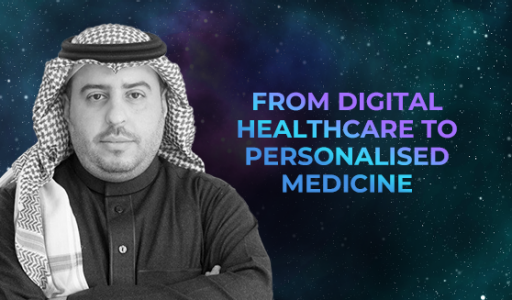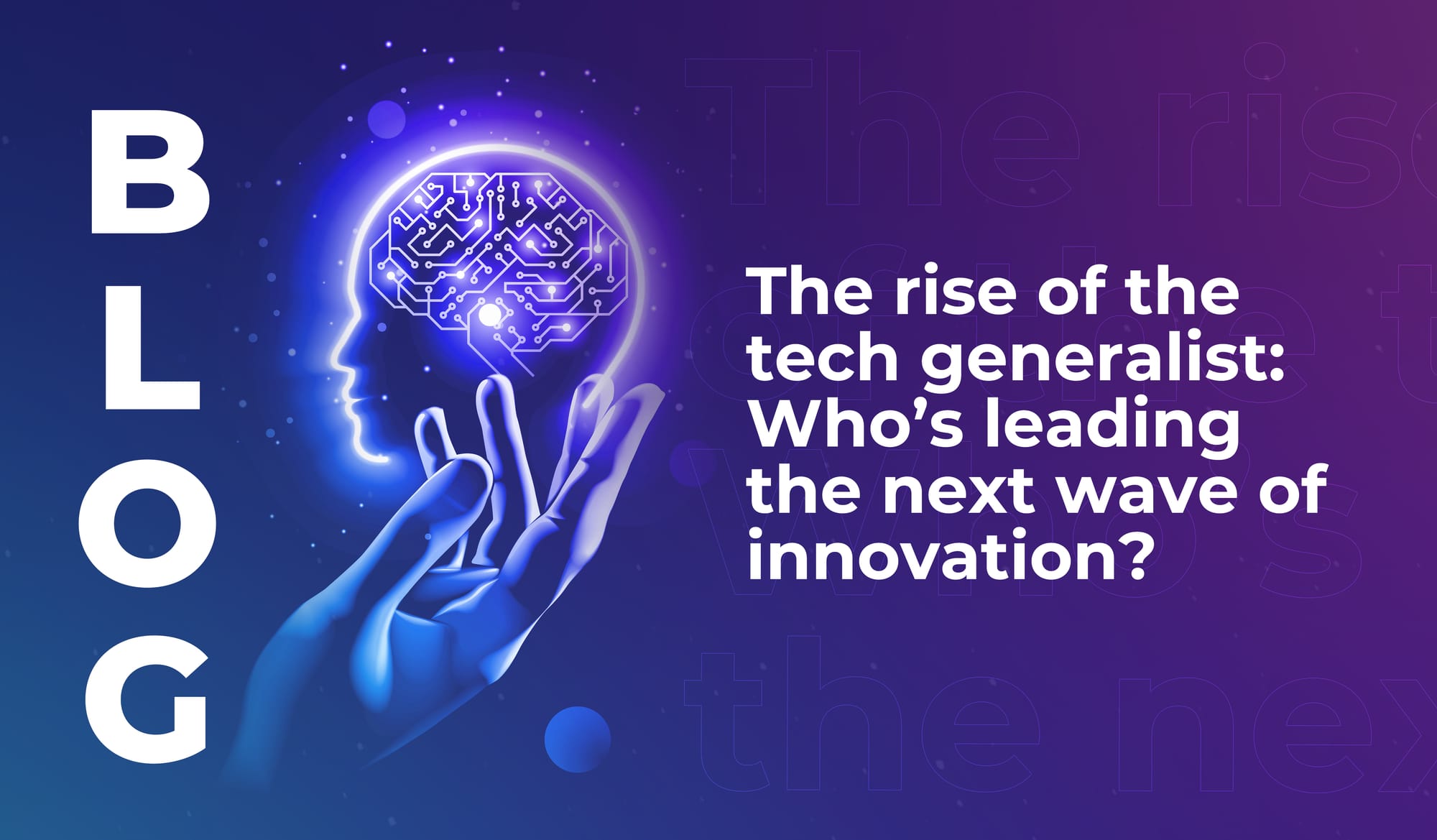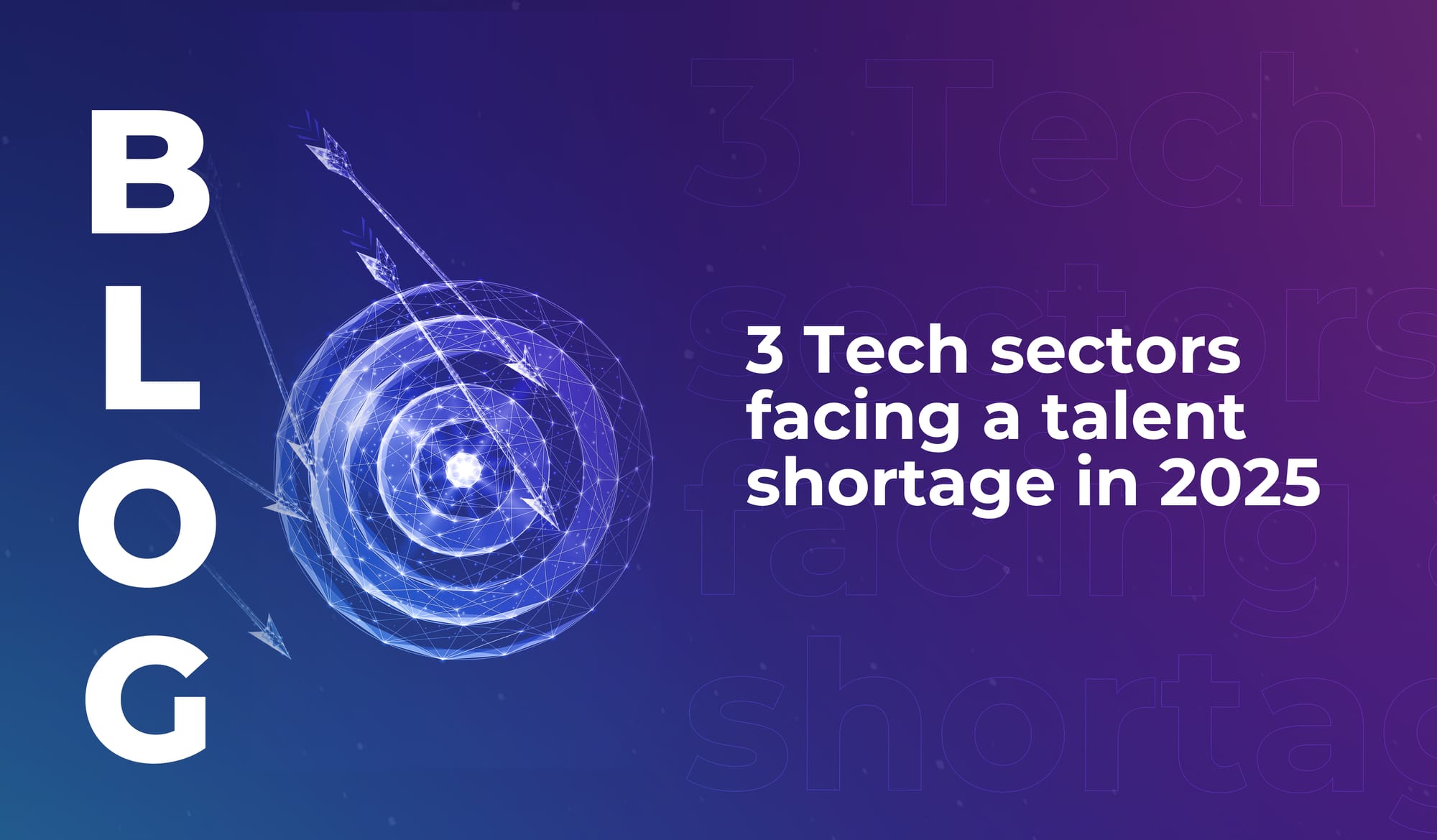
Telehealth has grown a lot since early 2020. While early pandemic uptake of digital solutions could have dropped off, a 2021 report by McKinsey found that telehealth digital healthcare adoption has remained strong, as a result of improved consumer perception and robust investments into the space. So much so that by the time of that report, telehealth use had increased 38X from pre-pandemic levels – and it’s still growing.
Saudi Arabia has been among the nations working hard to digitise healthcare systems, and a Kingdom-specific report by McKinsey predicts that digital healthcare could unlock as much as USD $27 billion by 2030; as well as improving healthcare efficiency and quality of care.
At #LEAP22, Marwan Al Balawi (Senior Digital Health Director at Lean Business Services) outlined some of the ways in which Saudi Arabia is accelerating its telehealth journey, and told us how digital healthcare will drive a new, personalised approach to medicine.
Healthcare in Vision 2030
The health sector is a key area of focus for Saudi’s Vision 2030, which aims to restructure the healthcare system so that it’s rooted in the principle of value-based care. This means that public health and illness prevention are being addressed from a perspective of transparency and financial sustainability. Within that, access to healthcare is a key element – because when citizens are able to access services, they’re better able to take control of their health.
Along with improving access to care, Al Balawi outlined two further objectives for healthcare in Saudi: improving efficiency and quality, and implementing strategies for the prevention of ill health.
With these objectives in mind the country has developed national systems, including one of the first virtual medical centres in the world, the Seha Virtual Hospital (which opened in February this year); and the NVR vaccination system which has now registered more than 73 million vaccinations.
“However,” Al Balawi said of these new systems, “they were in silos. They don’t talk to each other.” So the Kingdom entered a consolidation phase, developing three main gates to enable integration across all services:
-
An app (Sehhaty) that brings all patient services together
-
An establishment gate that allows any public or private health organisation to pool their services in one place
-
A digital platform (Anat) that enables communication between different healthcare providers and practitioners
So far, the impact of these consolidated systems can be measured in user numbers and access. At the time of #LEAP22, Anat was in use by around 400,000 registered practitioners – that’s more than 85% of all healthcare practitioners in Saudi Arabia, Al Balawi noted. Sehhaty had over 25 million users. And as of July 2022, the Seha Virtual Hospital is connected to 152 hospitals, and covers over 24 subspecialities throughout the Kingdom.
From data to personalised healthcare
In the short term, digitised healthcare tech is solving immediate problems. But looking further into the future, its impact could be transformational: facilitating a completely new approach to health and medicine.
Current clinical pathways are based on demographic categories that help practitioners decide how to diagnose and treat patients. Those categories include gender, ethnicity, and age – but the reality is that individuals within these demographics can be very, very different from one another.
Now, with the exponential growth of digital data production, and developments in the way that data can be collected and analysed, we’re presented with new opportunities. “We know more about the patient,” Al Balawi pointed out, “we know more about disease, we know more about treatments.”
Across industries, organisations are using consumer data to deliver hyper-personalised services. And there’s no reason why healthcare can’t do the same. An article published in the Journal of Translational Medicine in 2020 argued that personalised medicine will transform healthcare by 2030; not only improving medical outcomes, but also putting people in control of their own health by empowering citizens with access to their own health data.
Instead of being determined by physicians who are relying on minimal personal interactions and vague demographic data, digital healthcare solutions will enable each individual’s treatment to be as unique as their own physical circumstances.
We just called this a completely new approach. But actually, if you look at it from a different perspective, it’s a really old way of practising medicine. Traditional medicine systems (like Indian Ayurveda, for example) have relied, for centuries, on individual practitioners developing close relationships with their patients. In 2022, that’s not possible for medical doctors working with large numbers of patients. But data could bring the holistic, person-centric approach back into modern medicine. And we’re all for it.








